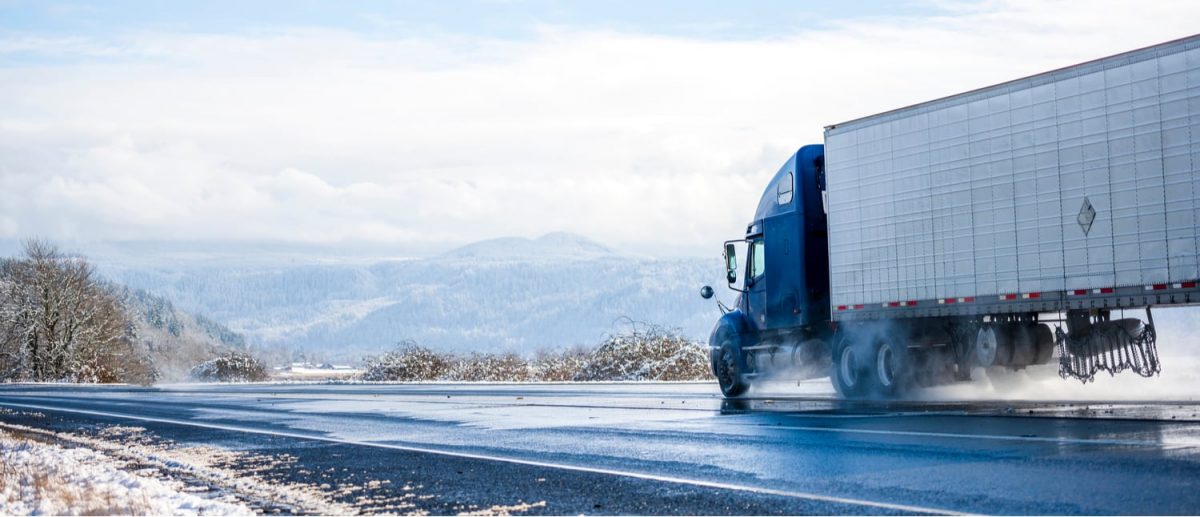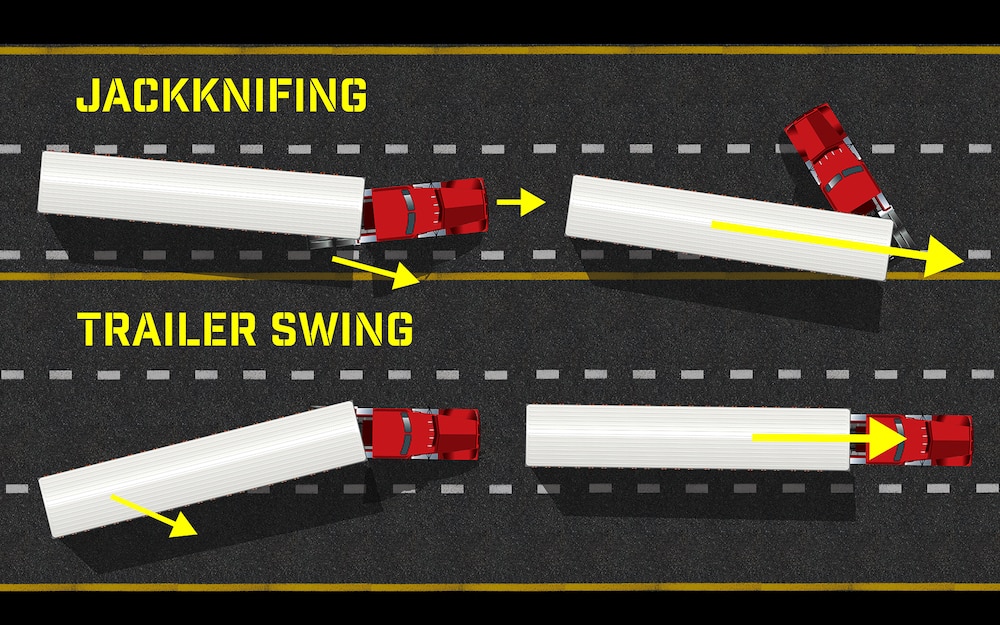Semi-trucks, also called tractor-trailers, transport 71.4% of the nation’s freight according to the American Trucking Associations (ATA). These vehicles and their drivers play an essential role in our nation’s economy and this has been the case for decades. Since their invention, semi-trucks have been an important factor in keeping our country running smoothly.
More information about the history of tractor-trailers:
The Invention of Semi-Trucks
Alexander Winton was a Scottish immigrant and inventor who lived in Cleveland, Ohio, in the late 19th and early 20th centuries. He originally produced bicycles until he started the Winton Motor Carriage Company in 1897. They produced “horseless carriages.” This was an early name for automobiles.
When Winton started to sell his vehicles, he realized that he needed a more efficient way to transport the cars. Many buyers lived hundreds of miles from Cleveland and driving the automobiles individually caused unnecessary wear and tear. In order to solve this problem, Winton created trucks with an attached trailer to transport his cars. He invented what he called the “automobile hauler” in 1898 and sold the first manufactured semi-truck in 1899.
A Detroit blacksmith, August Charles Fruehauf, created a similar vehicle in 1914. Fruehauf was the first to use the term “semi-trailer,” which eventually evolved into the phrase “semi-trailer truck.” This was shortened to “semi-truck,” creating the term we use today.
Trucking Industry Growth
There were several factors that led to the trucking industry’s growth.
These include:
Advancements in Semi-Truck Design
The first semi-trucks were not very comfortable or easy to drive. This limited their usefulness and trains were a more popular method for hauling freight. One of the most important advancements was the creation of running lights. This meant that by 1912, semi-trailers could travel at night. As a result, they were more efficient and became a more attractive option for shipping goods. This advancement helped them compete with train companies.
Logging Industry
The growth of the logging industry created a need for vehicles that could effectively transport lumber. In 1939, the Peterbilt truck company created trailers to haul logs by refurbishing Army trucks. Peterbilt continues to manufacture semi-trucks to this day.
The National Highway System
President Dwight D. Eisenhower authorized the construction of the Interstate Highway System in 1956. This created a network of roads for transport across the continental United States. As a result of the new highway system, semi-trucks could travel more easily.
Modern Innovations
Today, truck manufacturers continue to introduce new technology to improve semi-trucks. This includes innovations related to safety and monitoring, such as electronic logging devices (ELDs). There have also been improvements for fuel efficiency and driver experience.
Learn to Drive a Tractor-Trailer
If becoming a truck driver appeals to you, then Phoenix Truck Driving School can help you start your career. Our experienced instructors use a combination of classroom learning and hands-on experience to teach you how to operate a semi-truck safely. We also offer job placement assistance for our students so you can find a rewarding career after graduation.






